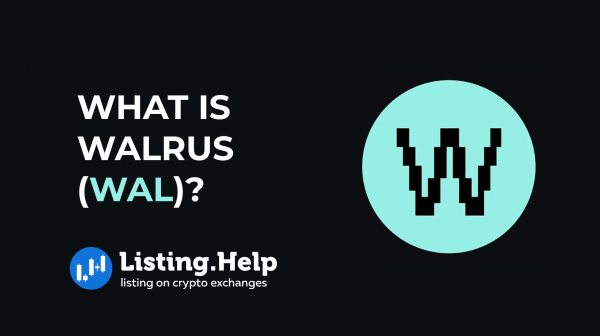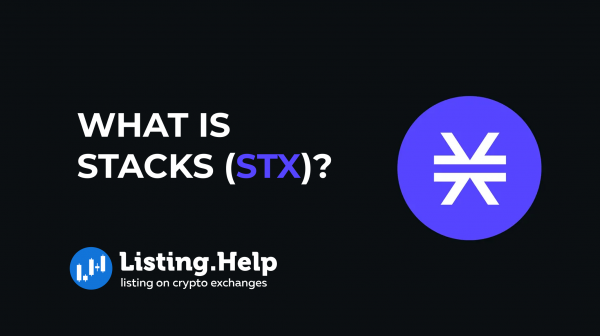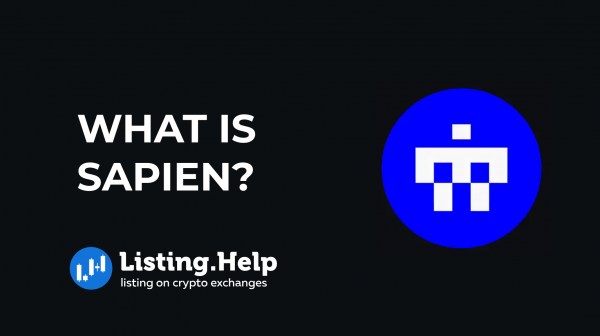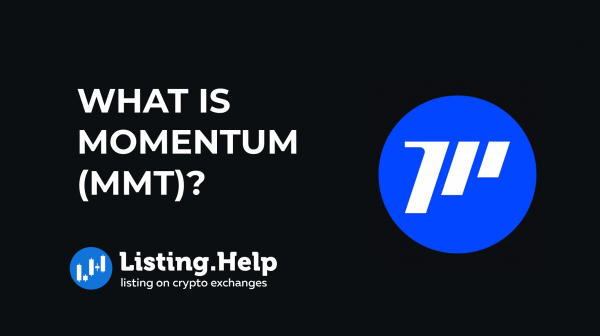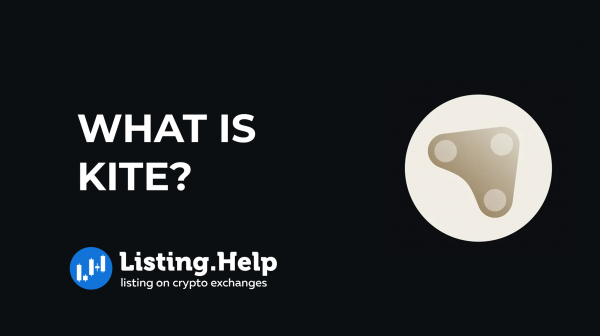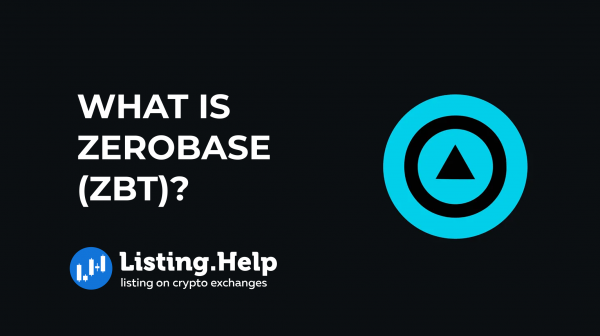What is Plume (PLUME)?
 August 30, 2025
August 30, 2025 Updated: August 30 2025, 05:17
Updated: August 30 2025, 05:17
LEAVE A REQUEST
Launching your own token project? Our experts are ready to help with listing on exchanges, market making, marketing and other solutions
SUBMIT APPLICATIONA rising focus in crypto today is bringing real-world assets (RWAs) onto blockchains. This involves creating digital tokens that represent ownership or claims to assets like real estate, credit, or commodities. Once tokenized, these assets can be traded, borrowed against, or used in different decentralized finance (DeFi) strategies.
Plume is a blockchain built around this idea, aiming to connect traditional finance with crypto by offering tools to tokenize, manage, and use RWAs on-chain.
What is Plume?
Plume is a public, EVM-compatible blockchain designed to put assets such as credit, ETFs, real estate, and commodities on-chain. These assets are represented as tokens that reflect ownership or rights, allowing them to be used across DeFi in the same way as cryptocurrencies. With over 200 protocols already connected, Plume makes it possible to explore new opportunities while working with familiar tools.
On Plume, you can:
- Earn yield from tokenized private credit, ETFs, and treasuries.
- Borrow liquidity using tokenized real estate or commodities as collateral.
- Increase returns with liquid staking tokens.
- Invest in vaults that provide diversified, risk-adjusted strategies.
How Plume Works?
Plume Portal
The Plume Portal is the main entry to the ecosystem. It offers a simple dashboard where you can bridge tokens, stake assets, swap between tokens, and track your earnings in real time.
It also makes the experience interactive. Users can take part in referral programs, climb community leaderboards, spin daily for RWA-themed rewards, and complete quests that introduce DeFi basics.
The portal supports cross-chain activity through Plume’s internal bridge (Relay) and external bridge partners. This allows tokens to be bridged and swapped across blockchains in a single transaction, making movement of capital faster and more efficient.
Plume USD (pUSD)
Plume USD (pUSD) is the stablecoin of the Plume network. It’s used as the main currency for payments, trading, and collateral. Each pUSD is backed 1:1 with USDC, giving it stability and liquidity. Unlike algorithmic stablecoins, pUSD is simple and transparent, acting as a wrapper of USDC without adding extra risk.
You can mint or redeem pUSD without fees, and reserves are managed automatically by the Nucleus vault system to ensure full backing at all times. While pUSD itself doesn’t generate yield, the Plume team is preparing to release optional yield-bearing versions in the future.
Plume ETH (pETH)
Plume ETH (pETH) is a liquid staking token for ether. When you mint pETH, your ETH is staked on Ethereum Mainnet, and you receive a yield-bearing token on Plume in one step. Rewards are sent directly to your wallet, so holding pETH automatically earns passive income. Because it generates yield by default, pETH can also be used in DeFi strategies such as lending or as collateral, unlocking additional ways to grow returns.
Key Features of Plume
Vaults for Yield
Plume offers a set of vaults built to give users access to managed financial strategies. Each vault is structured with different levels of risk, run by professional partners, and designed to operate transparently on-chain.
- Market-neutral vaults: These use regulated trades combined with tokenized treasuries to generate steady returns. They don’t rely on market swings, making them suited for those who prefer predictable outcomes.
- Diversified liquid vaults: Built around tokenized assets chosen for higher yields while still keeping strong liquidity. Assets are sourced from regulated brokers, funds, and licensed exchanges, ensuring dependability.
- ETF-based vaults: Offer exposure to senior loans and treasury products through US-listed funds. With monthly settlements, they make traditional credit strategies easier to access in a blockchain format.
Through these vaults, Plume brings established financial instruments into DeFi, allowing users to earn yield from assets that were previously limited to larger institutions.
Compliance
Plume enforces compliance at the protocol level. Anti-money laundering (AML) checks are built into the sequencer, so every transfer is screened before tokens are minted. If funds from another chain are flagged as illicit, the transfer is blocked and no tokens are created on Plume.
The network also collaborates with blockchain analytics providers to track sanctions, identify suspicious activity, and review network-wide patterns. This structure has helped attract brokers and asset managers, who see it as a reliable framework for moving regulated assets on-chain.
What is the PLUME Token?
The PLUME token powers the Plume ecosystem. It has several roles across the network:
- Gas fees: Used for covering transaction costs such as bridging, swapping, and staking.
- Staking: Holders can delegate PLUME to validators who secure the network, earning rewards based on their contribution. Tokens remain owned by the user but are locked during the staking period. Exiting requires a 21-day waiting time, helping maintain stability.
- Delegation: PLUME holders take part in governance by voting on upgrades, funding, and protocol rules. Over time, this process will expand into fully on-chain governance.
- Incentives: Distributed as rewards for activities like referrals, quests, and community participation.
The PLUME token is listed on many platforms, including Uniswap, Crypto.com, Coingecko and WEEX. If you’re looking to list your token on similar platforms, understanding the token listing process and crypto exchange listing fees is essential.
Conclusion
Plume is built to bring real-world assets into crypto in a way that balances compliance, accessibility, and functionality. With managed vault strategies, tools like pUSD and pETH, and a token that drives both network security and participation, Plume is working toward a system where traditional assets can move on-chain with the same efficiency as digital currencies.

For more insights and updates on the crypto world, don’t forget to check out our blog at Listing.Help.




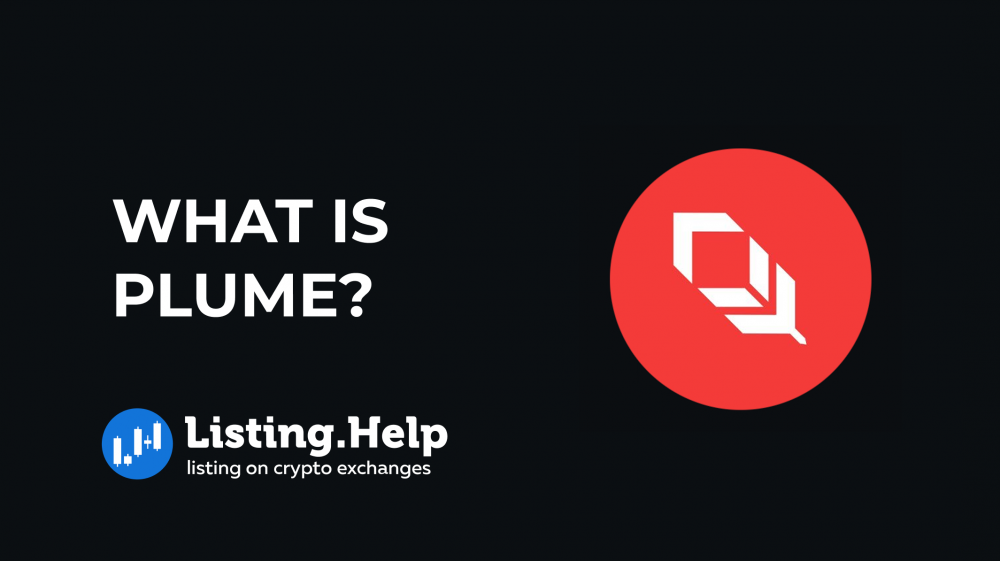


 December 22, 2025
December 22, 2025 